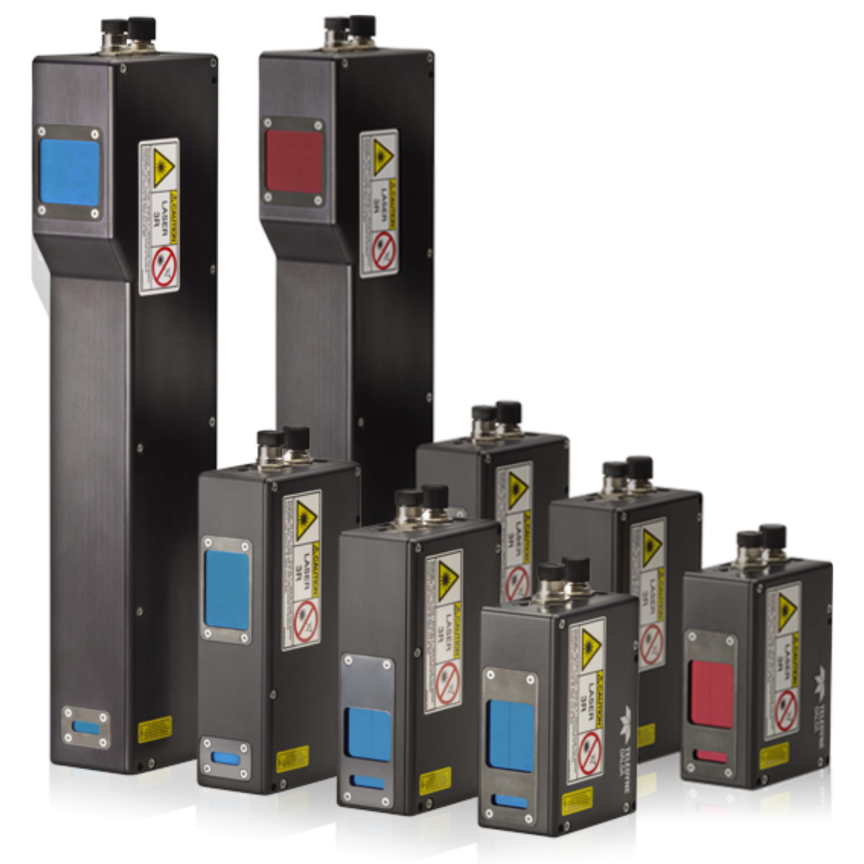JAI has introduced the AD-081CL high dynamic range (HDR) camera, featuring a 2-CCD design with two standard ICX204AL 1/3-inch monochrome progressive scan sensors mounted to a custom-designed optical prism. The prism-based design enables the camera to simultaneously capture two channels of 30fps video, with each channel having 1024 x 768 resolution, 8- or 10-bit pixel depth, and precise alignment to the same optical axis.
The shutter speed and/or gain for each channel of the AD-081CL can be calibrated independently, such that one channel captures details in the brighter areas and the second in the darker areas. The two images can then be analysed separately or post-processed with an image fusion algorithm. This enables the AD-081CL to achieve dynamic range levels as high as 20-bits per pixel (~118dB).
The precise manufacturing process involved in aligning the two prism-mounted sensors to within one-quarter pixel accuracy enables the AD-081CL's high dynamic range capability to be applied to inspection tasks regardless of whether or not the objects are in motion.
Typical HDR applications include inspection tasks where incident light or bright reflections are present, such as LED inspection, welding, and various types of lighting or glass inspections. The camera is also ideal for a wide range of automotive applications, microscopy, or high-end surveillance uses.
In addition to HDR mode, the camera can alternatively be configured to interleave the images from the two CCDs into a single output stream. This high-speed/low noise mode enables the camera to operate at an effective 60fps without any increase in the clock frequency of the camera, thus keeping clock noise to an absolute minimum. Also included is a PIV mode, which uses the camera's two-channel operation to capture three closely-spaced images on a single trigger instead of the two captured by conventional PIV trigger modes.
The AD-081CL is equipped with two configurable Camera Link outputs providing users with a choice of single-cable operation or separate cables for each channel. Other features include partial scanning and vertical binning capabilities, as well as analogue video output to support auto-iris lenses.

